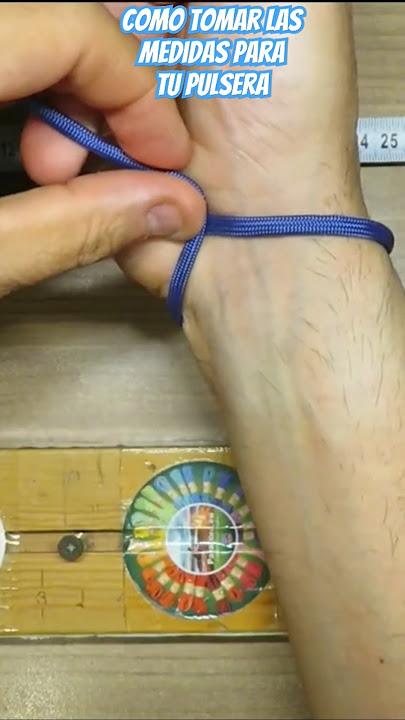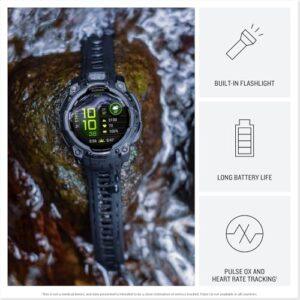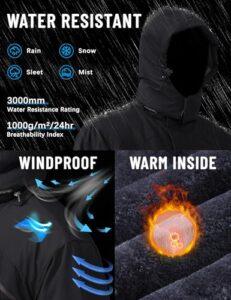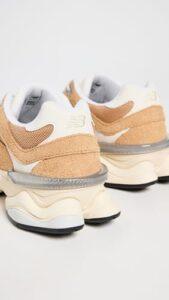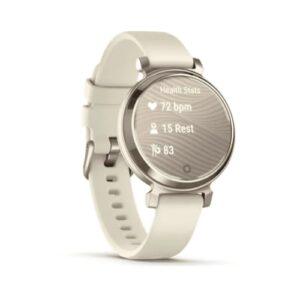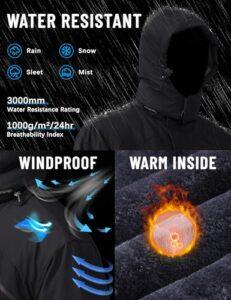Want to make your own paracord bracelet but not sure how to get the right size? Measuring for a paracord bracelet might seem tricky, but with the right steps, you can get a perfect fit every time.
If your bracelet is too tight, it won’t be comfortable. Too loose, and it might slip off when you need it most. In this guide, you’ll learn simple, clear methods to measure your wrist accurately. Keep reading to discover easy tips that will help you create a bracelet that feels just right—no guesswork needed.

Credit: www.youtube.com
Choosing The Right Paracord
Choosing the right paracord is key to making a strong, comfortable bracelet. The type and length of paracord affect the bracelet’s look and durability. Knowing what paracord to use helps you create a bracelet that fits well and lasts long.
Types Of Paracord
Paracord comes in different types. The most common is Type III, also called 550 paracord. It has seven inner strands and a strong outer sheath. This type is great for bracelets because it is sturdy and flexible.
Type I and Type II paracords have fewer strands and are thinner. They work for smaller, lighter bracelets. Type IV paracord is thicker and stronger but harder to weave.
Choose a paracord type that suits your bracelet’s purpose. For everyday wear, Type III is a good choice. For heavy use, consider thicker paracord for extra strength.
Length Considerations
The length of paracord needed depends on the bracelet size and weave style. A simple weave uses less paracord, while complex patterns need more. Measure your wrist before buying paracord.
As a rule, use about one foot of paracord for every inch of wrist size. For example, a 7-inch wrist needs about 7 feet of paracord. This gives enough material to complete the bracelet and tie knots.
Cut extra length to avoid running short during weaving. It is easier to trim paracord than to add more later.

Credit: www.youtube.com
Tools Needed For Measurement
Measuring for a paracord bracelet needs the right tools. Accurate measurement ensures the bracelet fits well. Using simple tools makes this easy and fast. Choose tools that are easy to find and use.
Measuring Tape Options
A soft measuring tape is the best choice. It wraps around your wrist smoothly. This tape shows measurements in inches and centimeters. It helps get an exact size for the bracelet.
Some measuring tapes are made of cloth or plastic. Both work well for small measurements. You can find these tapes in sewing kits or craft stores.
Alternative Measuring Tools
If you do not have a measuring tape, try a string or a strip of paper. Wrap it around your wrist and mark the length.
Use a ruler or a yardstick to measure the string or paper. This method gives a close estimate of your wrist size.
Another option is to use a flexible strip from old materials. Make sure it bends easily to fit your wrist shape.
Measuring Your Wrist
Measuring your wrist is the first step in making a paracord bracelet that fits well. A good fit means comfort and style. Too tight, and it feels uncomfortable. Too loose, and it may slip off. Take accurate measurements to get the best result.
Finding The Wrist Circumference
Use a soft measuring tape or a piece of string. Wrap it around your wrist where you want the bracelet. Mark the point where the tape or string meets. If you use string, lay it flat and measure its length with a ruler. This number is your wrist circumference.
Accounting For Comfort
Add about half an inch to your wrist measurement for comfort. This space allows the bracelet to move slightly. It stops the bracelet from feeling too tight. Comfort is key for daily wear. Adjust the extra length if you want a looser or snugger fit.
Calculating Paracord Length
Calculating the right paracord length is key to making a perfect bracelet. Too short, and it won’t fit. Too long, and it looks bulky. Measuring carefully saves time and material. You need to consider wrist size and the type of knots you plan to use. This ensures the bracelet is both comfortable and strong.
Adjusting For Knot Types
Different knots use different amounts of cord. Some knots take more cord than others. For example, a cobra knot uses more cord than a simple square knot. Count the knots you will tie. Add extra cord length for each knot type. This helps avoid running out of cord during weaving.
Adding Extra Cord For Safety
Always add extra cord to your total length. This extra length is called the safety margin. It covers mistakes and adjustments. A good rule is to add 10 to 20 inches more than calculated. This small addition prevents frustration if you need more cord. It also allows trimming for a neat finish.
Tips For Accurate Measurements
Getting the right size for a paracord bracelet starts with accurate measurements. Small errors can make the bracelet too tight or too loose. Taking careful steps helps get the perfect fit. Here are some tips to measure your wrist correctly.
Measuring At Different Times
Wrist size changes throughout the day. Measure in the morning and evening. Use the average of both measurements. Avoid measuring after exercise or heavy activity. Your wrist may be swollen then. Take measurements on a normal day for best results.
Avoiding Common Mistakes
Use a soft tape measure or a piece of string. Don’t pull too tight or leave it loose. Mark the string and measure it with a ruler. Avoid measuring over bulky clothing. Measure directly on your skin for accuracy. Double-check your numbers before cutting paracord.
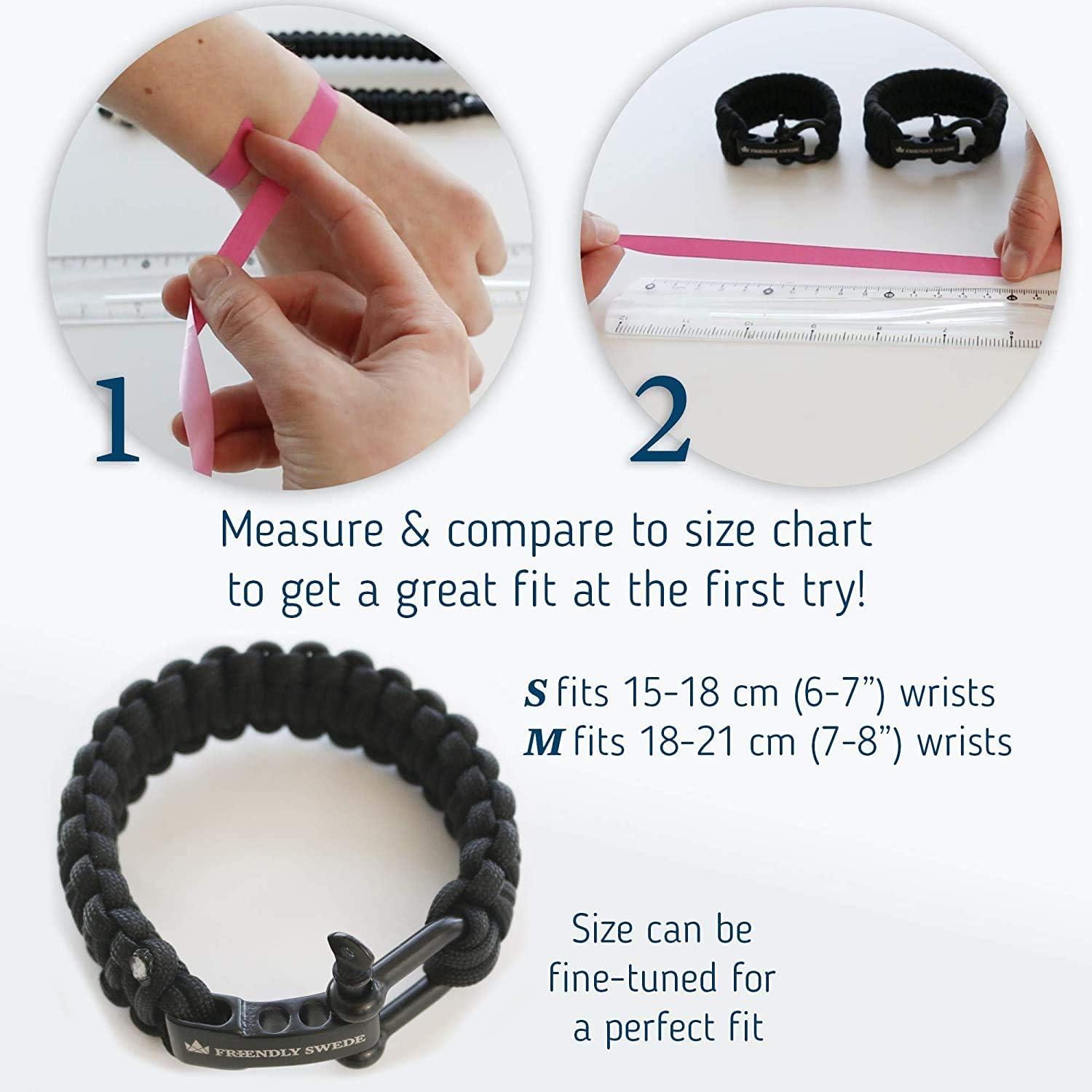
Credit: www.gosupps.com
Customizing Bracelet Fit
Customizing the fit of your paracord bracelet ensures comfort and style. A well-fitted bracelet feels good on your wrist. It also looks neat and lasts longer. Understanding how to adjust the fit helps you enjoy your bracelet every day.
Adjustable Clasps
Adjustable clasps make sizing easy. They allow you to change the bracelet’s length without cutting the cord. Slide the clasp to tighten or loosen the bracelet. This feature suits wrists that change size during the day. Adjustable clasps also help if you want to share the bracelet with others.
Tight Vs. Loose Fits
A tight fit keeps the bracelet close to your wrist. It prevents the bracelet from moving around too much. But it should not be so tight that it hurts. A loose fit offers more comfort and airflow. It allows more freedom but may swing or catch on objects. Choose a fit that feels right for your daily activities.
Frequently Asked Questions
How Do I Measure My Wrist For A Paracord Bracelet?
Use a flexible measuring tape to wrap around your wrist. Note the length where the tape meets. Add 1/2 inch for comfort and ease when tying the bracelet.
What Tools Are Needed For Measuring A Paracord Bracelet?
You need a flexible measuring tape or a strip of paper and a ruler. These help get an accurate wrist measurement for the bracelet size.
How Much Extra Length To Add When Measuring?
Add about 1/2 inch to your wrist measurement. This ensures the bracelet fits comfortably and isn’t too tight when worn.
Can I Use A String To Measure My Wrist Size?
Yes, wrap a string around your wrist snugly. Mark the overlap point, then measure the string length with a ruler for accuracy.
Conclusion
Measuring for a paracord bracelet is simple and fun. Use a flexible tape or string to get the right length. Remember to leave a little extra space for comfort. Accurate measurement ensures your bracelet fits well and looks great. Take your time and check twice before cutting the cord.
This helps avoid mistakes and saves materials. Enjoy making your custom paracord bracelet with confidence and ease. Your perfect fit is just a few steps away.

Madison Clark is a footwear expert and the voice behind MyStyleGrid.com. She specializes in honest shoe reviews, style tips, and practical guides to help readers find the perfect pair for any occasion. With years of experience in blogging and content creation, Madison makes footwear knowledge simple, stylish, and easy to follow.

